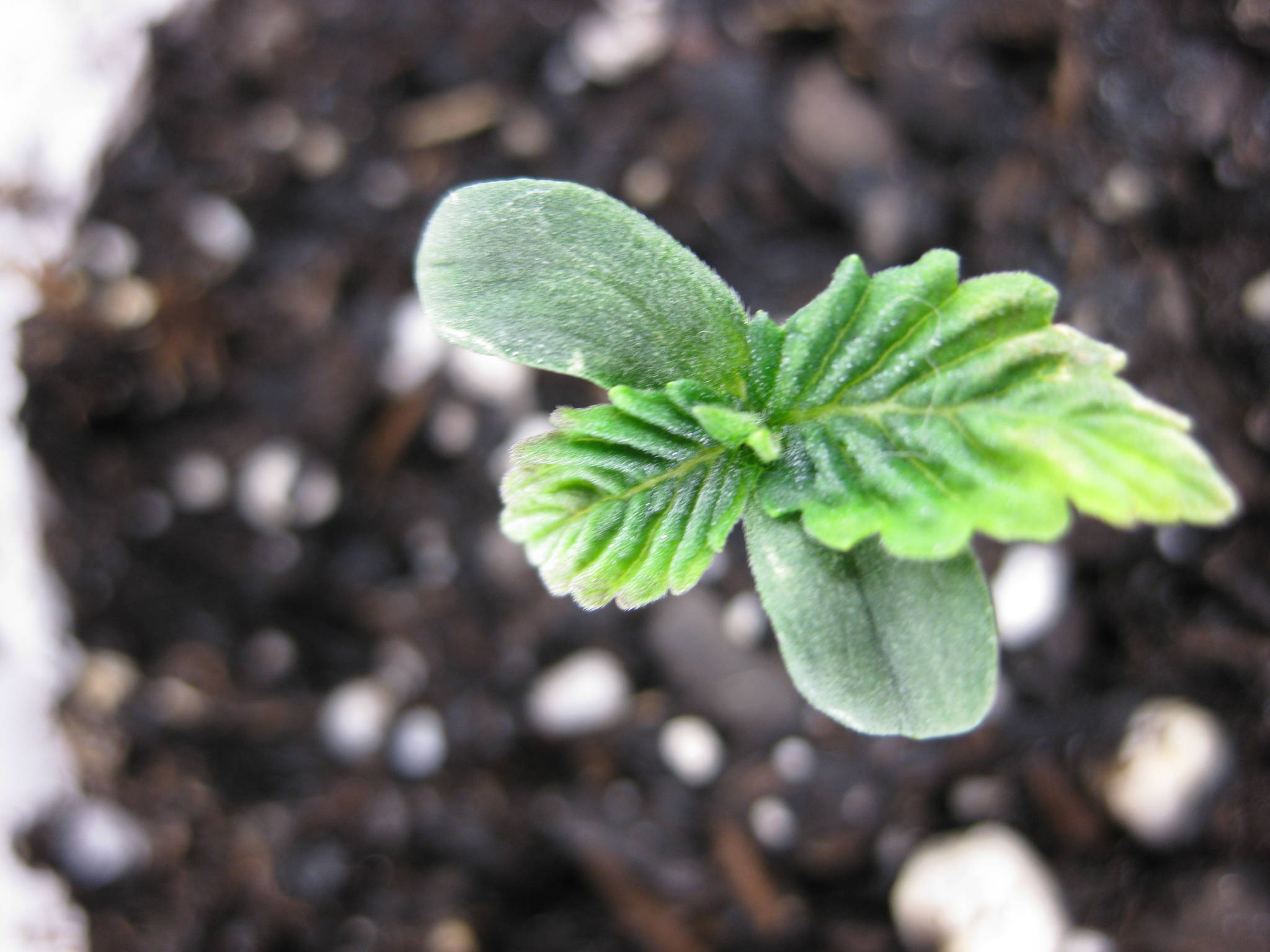If the Air could be very Dry
페이지 정보

본문
 Pollination will be reduced in temperatures beneath 60°F (16°C) and above 90°F (32°C). Too much nitrogen within the soil can produce wholesome foliage progress but discourage fruit from setting. Flower drop is brought on by excessive heat OR very low humidity. If the air could be very dry, douse the soil with water and thoroughly mist plants. Spider mites and aphids are two frequent pests of peppers, especially plants grown beneath cover. Spider mites-recognized by the high-quality webbing on the underside of leaves-thrive in hot, dry weather. Mist-spray these areas usually at the primary sign of an assault to make conditions as hostile as potential for the mites. Aphids also desire the undersides of leaves but are found on different elements of the plant seeds - emilioghfb22222.iyublog.com - too. Squish isolated clusters, or for more critical infestations, take plants out into the open, away from different peppers, then rigorously turn the plants upside down so you can brush Spider mites and aphids are two common pests of peppers, particularly plants grown beneath cowl. Spider mites - recognized by the wonderful webbing on the underside of leaves - thrive in sizzling, dry weather. Mist-spray these areas commonly at the primary sign of an attack to make situations as hostile as potential for the mites. Aphids also choose the undersides of leaves but are found on other elements of the plant too. Squish remoted clusters, or for extra serious infestations, take plants out into the open, away from different peppers, then fastidiously turn the plants the wrong way up so you possibly can brush or blast the aphids off with a hose.
Pollination will be reduced in temperatures beneath 60°F (16°C) and above 90°F (32°C). Too much nitrogen within the soil can produce wholesome foliage progress but discourage fruit from setting. Flower drop is brought on by excessive heat OR very low humidity. If the air could be very dry, douse the soil with water and thoroughly mist plants. Spider mites and aphids are two frequent pests of peppers, especially plants grown beneath cover. Spider mites-recognized by the high-quality webbing on the underside of leaves-thrive in hot, dry weather. Mist-spray these areas usually at the primary sign of an assault to make conditions as hostile as potential for the mites. Aphids also desire the undersides of leaves but are found on different elements of the plant seeds - emilioghfb22222.iyublog.com - too. Squish isolated clusters, or for more critical infestations, take plants out into the open, away from different peppers, then rigorously turn the plants upside down so you can brush Spider mites and aphids are two common pests of peppers, particularly plants grown beneath cowl. Spider mites - recognized by the wonderful webbing on the underside of leaves - thrive in sizzling, dry weather. Mist-spray these areas commonly at the primary sign of an attack to make situations as hostile as potential for the mites. Aphids also choose the undersides of leaves but are found on other elements of the plant too. Squish remoted clusters, or for extra serious infestations, take plants out into the open, away from different peppers, then fastidiously turn the plants the wrong way up so you possibly can brush or blast the aphids off with a hose.
 Poppyseed muffin lovers throughout the United States cringed this month after seeing two pictures tweeted by the Centers for Disease Control and Prevention (CDC). The first photo depicts a superbly golden poppyseed muffin speckled with the black seeds - or so it appears. But after squinting our eyes and pulling our telephones nearer to our faces - our stomachs turned. There! On the second photograph - a more in-depth image - we noticed the tiny, blacked-legged ticks, (referred to as nymph ticks) - atop our favorite poppyseed muffins. Comments of all sorts, from the backyard-selection jokester to critics and advocacy groups, got here flooding in. Lyme illness, transmitted by tick bites, is likely one of the quickest growing infectious diseases in the United States. Preventing Lyme illness and different tick-borne illnesses has been on America’s radar for a while, but we often consider ticks as these easily seen, half dime-sized bugs that burrow into our pores and skin - or our dogs’.
Poppyseed muffin lovers throughout the United States cringed this month after seeing two pictures tweeted by the Centers for Disease Control and Prevention (CDC). The first photo depicts a superbly golden poppyseed muffin speckled with the black seeds - or so it appears. But after squinting our eyes and pulling our telephones nearer to our faces - our stomachs turned. There! On the second photograph - a more in-depth image - we noticed the tiny, blacked-legged ticks, (referred to as nymph ticks) - atop our favorite poppyseed muffins. Comments of all sorts, from the backyard-selection jokester to critics and advocacy groups, got here flooding in. Lyme illness, transmitted by tick bites, is likely one of the quickest growing infectious diseases in the United States. Preventing Lyme illness and different tick-borne illnesses has been on America’s radar for a while, but we often consider ticks as these easily seen, half dime-sized bugs that burrow into our pores and skin - or our dogs’.
So, what’s the distinction between the tiny ticks and bigger ones? Nymph ticks can’t be that dangerous, proper? A single tick will progress through four phases of growth in its lifetime: egg, larva, nymph, and grownup. The nymph tick is most active in the spring via the summer months, and it’s about the size of a poppy seed. And so they don’t pack much less of a punch because of their dimension. Nymph ticks are literally probably the most more likely to transmit Lyme illness or another tick-borne infection to humans than ticks at different phases, in line with the CDC. Less than two millimeters in size, nymphs can chew folks and stay virtually undetected. In addition they burrow into your or your pet’s skin. Although adult ticks can also transmit Lyme illness, they’re a lot larger, so you’re extra prone to see them and promptly take away them. 1. Inspect your self, your little one, and your pets for ticks whenever you’ve been outdoors.
Be sure to test the hidden spots and crevices of the body just like the scalp, along the hairline, below the armpits, in the stomach button, in the groin, and on the genitals. Many individuals assume they’ll be capable of really feel when a tick bites them, similar to they really feel a mosquito chunk. But ticks are sneaky little bloodsuckers, and they’ve developed with some sophisticated, nearly science fiction-like mechanisms. Their saliva accommodates natural anesthetic and immune suppressors to ensure that you don’t really feel something at all after they jab you to feed, stories the internal Lyme and Associated Diseases Society (ILADS). The less access the ticks need to your pores and skin, the better. Wear mild-coloured clothing and tuck your long-sleeved shirt into your pants and your pants into your socks. 1. When outdoors, the CDC recommends utilizing a tick repellent that incorporates no less than 20 p.c DEET or picaridin on your skin.
- 이전글The Time Is Running Out! Think About These 6 Ways To Change Your Kredyty Dla Firm 24.09.30
- 다음글10 Places To Find Jaguar Key 24.09.30
댓글목록
등록된 댓글이 없습니다.
